Is the U.S. Playing Russian Roulette on Russian Soil?
Biden has approved the use of American-made long-range missiles by Ukraine inside Russia weeks before leaving office. Why?
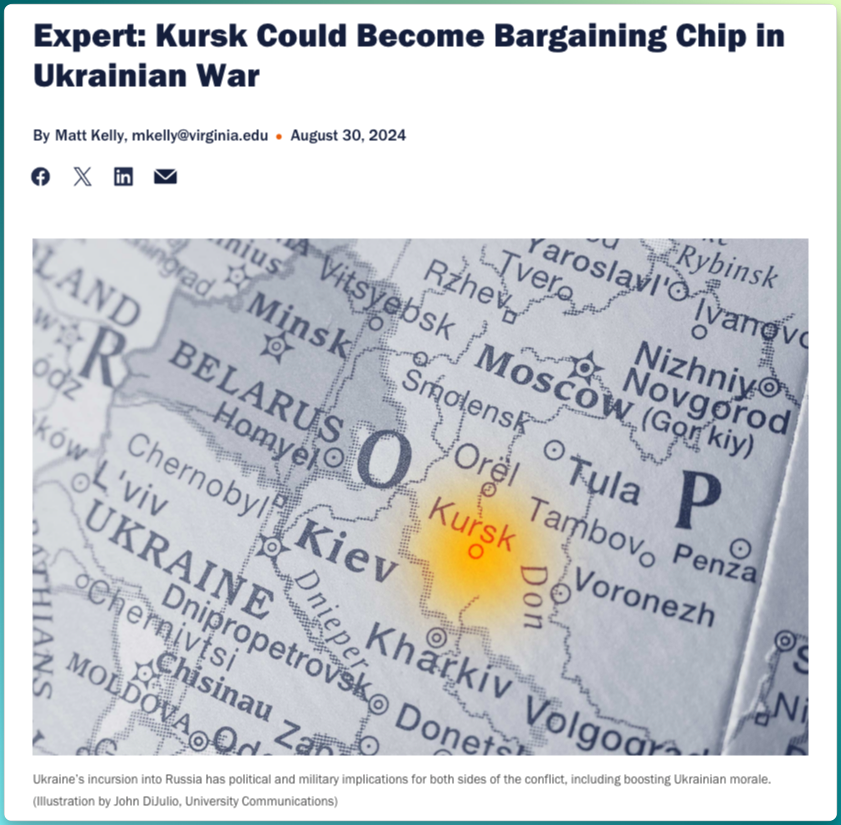
Why did the U.S. finally give Ukraine permission this week to use American-made long-range missiles inside Russia? The answer lies in a once-quiet Russian border region named Kursk.
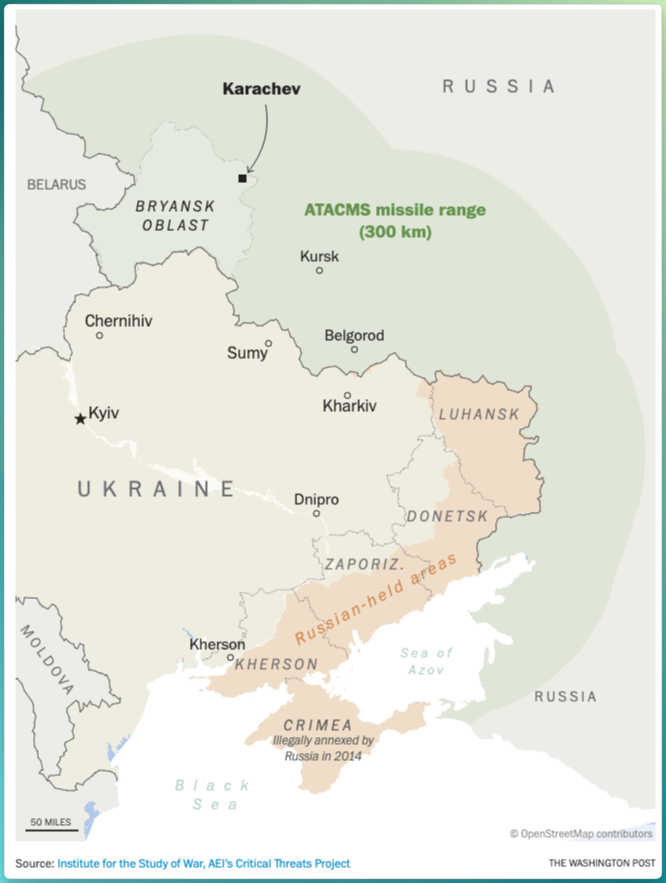
On Tuesday, Ukraine fired the now-sanctioned U.S.-made Army Tactical Missile Systems (ATACMS) deep into Russian territory, targeting a weapons depot in the Bryansk region adjacent to Kursk. Russia claims it intercepted five of the six missiles, though those claims remain unverified.
These are no ordinary weapons: they’re fast, nearly impossible to intercept, and have twice the range of anything else in Ukraine’s arsenal.
Ukraine had been requesting permission to use these weapons for nearly a year, but the Biden administration resisted, fearing it might provoke Russian escalation. Those fears weren’t baseless. Over the summer, Putin warned he would update Russia’s nuclear doctrine, stating that a large-scale attack by a non-nuclear power (like Ukraine)—with the backing of a nuclear power (like the U.S.)—could justify a nuclear response.
Predictably, Russia condemned the decision. Foreign Minister Sergei Lavrov called it a “dangerous provocation” and accused the U.S. of fueling escalation. On Tuesday, Putin signed that doctrine into official policy.
Critics note the irony: Moscow has been launching indiscriminate missile strikes on Ukrainian cities for months, targeting civilians. Is Ukraine’s strike an escalation—or accountability?
With the high stakes, why did the White House change its stance, marking a significant shift in U.S. policy?
The answer: Kursk.
Kursk isn’t just another battleground—it’s a chessboard where history, pride, and power intersect, a place of immense strategic importance.
In August, Ukrainian forces achieved something unprecedented since World War II: they took control of Russian land. Ukraine claims it now holds 500 square miles of territory in Kursk. If true, this would be a symbolic gut punch for Russia.
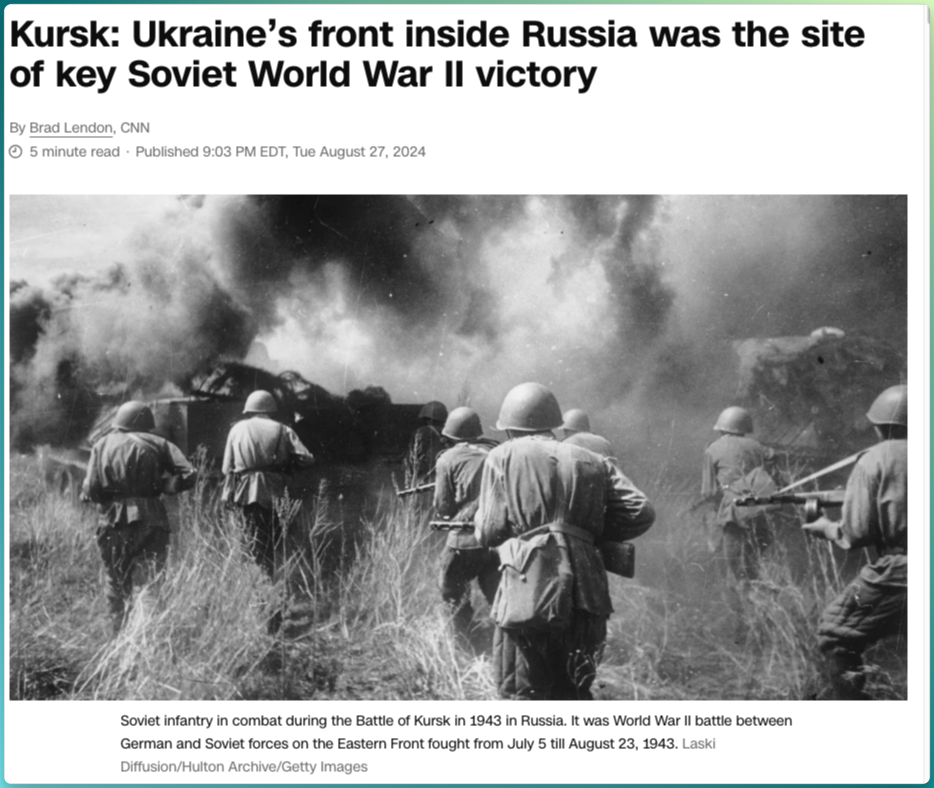
Kursk is a national touchstone. It is the site of a decisive Soviet victory in World War II’s largest tank battle—a turning point often credited with leading to D-Day and the eventual Allied victory. Losing control of this region is embarrassing for Russia; it undermines public confidence in Putin’s leadership, disrupts military strategy, and exposes vulnerabilities in border security. Naturally, Putin wants it back—and he’s called on allies for help.
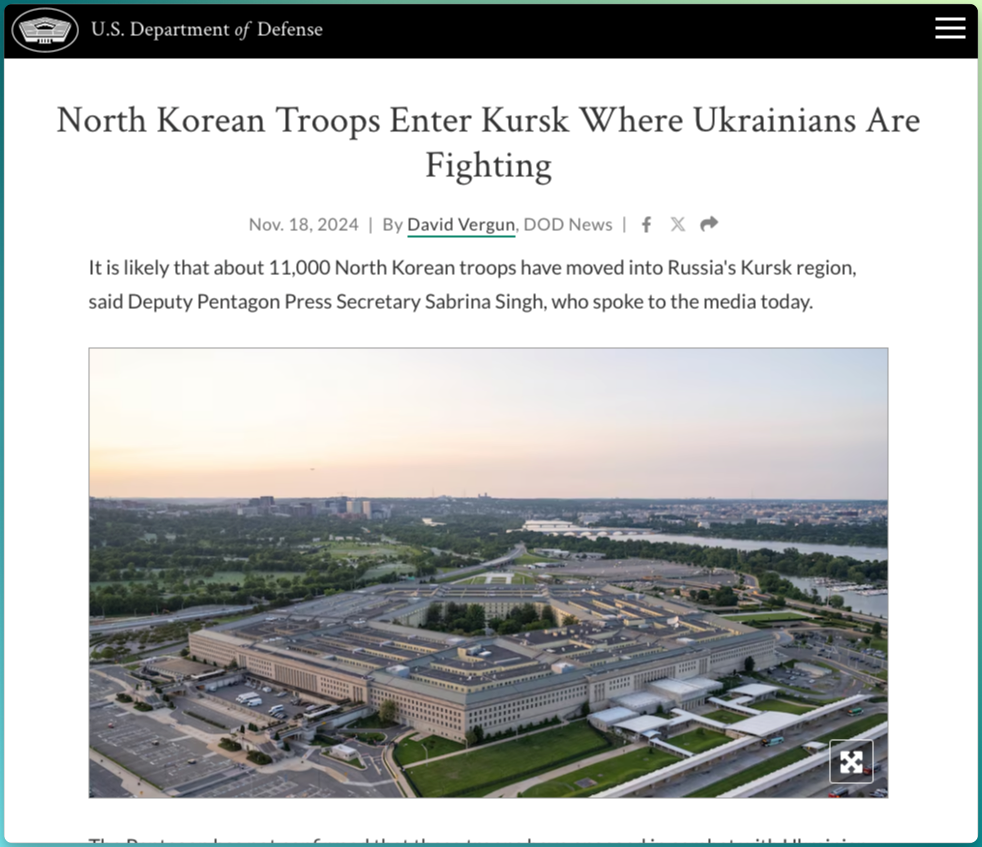
Last week, North Korea escalated its support for Moscow, reportedly sending thousands of troops and artillery. According to sources from the Associated Press, this development tipped the scales for Biden, prompting him to authorize the use of the long-requested missiles. The White House feared a coordinated Russian and North Korean effort to retake Kursk could deliver a devastating blow to Ukraine’s position, Administration sources told news outlets.
International reactions have been mixed. Allies like Poland hailed the decision as a breakthrough, while others, including the U.K., are treading cautiously, wary of pushing the conflict into uncharted territory.
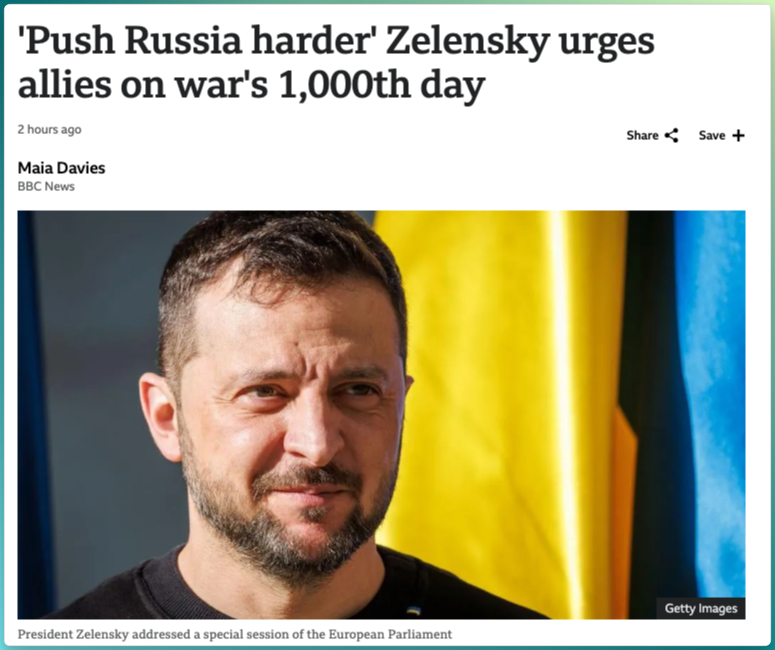
Holding Kursk against Russian and North Korean forces presents daunting challenges for Ukraine—challenges compounded by a shrinking timeline:
- Dwindling resources: Holding Russian territory adds logistical burdens that Ukraine may struggle to sustain. Analysts warn that Ukraine’s limited stock of ATACMS will not be enough to shift the war’s trajectory. The weapons are expensive, and even the U.S. has a limited supply.
- Funding concerns: The war has passed its thousandth day, and international support is waning. Republicans, along with President-elect Trump, oppose further aid to Ukraine.
- A stretched military: Ukraine’s forces are already overextended, and Zelensky may soon have no choice but to implement conscription.
If Ukraine can retain Kursk, the strategic and symbolic benefits will be significant—not just for Kyiv but also for Washington.
- Optics matter: Holding Kursk sends a powerful message: despite their smaller military, Ukraine can operate on Russian soil, disrupt Russian strategy, shatter Putin’s aura of invincibility, and challenge his promise to defend the homeland.
- It strains Russia’s resources: Reclaiming Kursk may force Russia to shift resources from other offensives or trigger another draft. This unpopular move drove thousands of Russians to flee last year.
- Potential leverage: Regional experts suggest Kursk could serve as a powerful bargaining chip, strengthening Ukraine’s position in negotiations and perhaps even paving the way to reclaim Crimea or end the war on more favorable terms.
Critics, however, argue that Biden’s timing might be less about strategy and more about boxing in President-elect Trump, who has vowed to end the war quickly. Angering Russia now could complicate Trump’s ability to negotiate a settlement.
The bigger question: does this set a dangerous precedent? Allowing Ukraine to strike inside Russia to save Kursk establishes a new framework for modern warfare, a potential harbinger of a new era of proxy wars.
Kursk could prove to be the turning point that shapes the outcome of this conflict.




